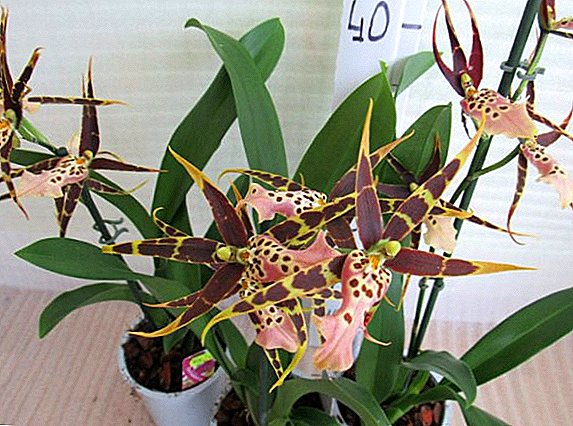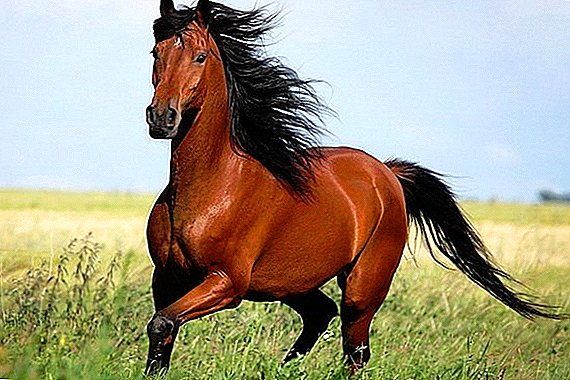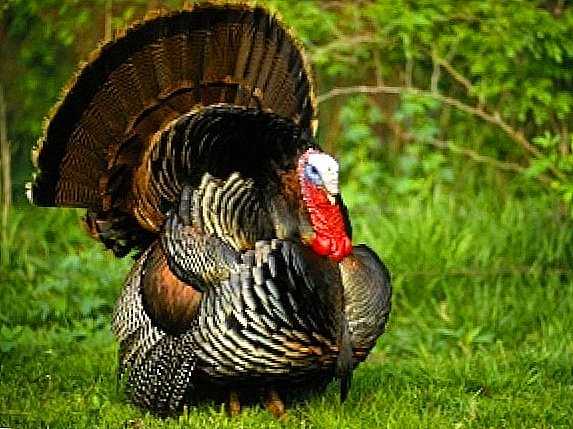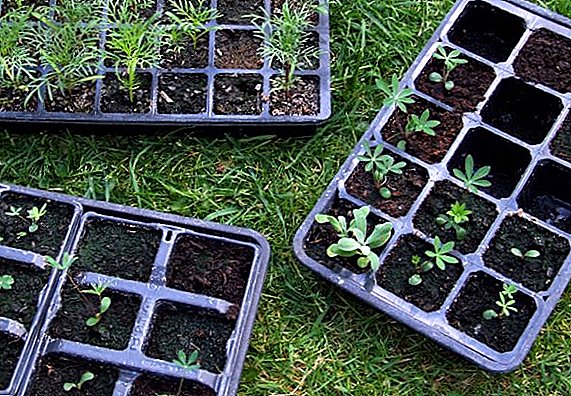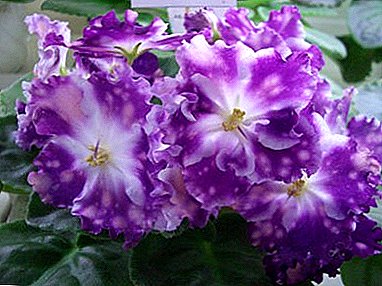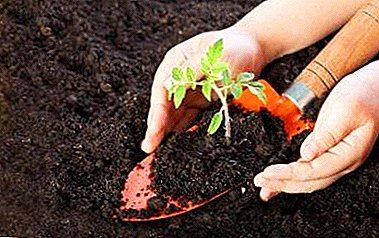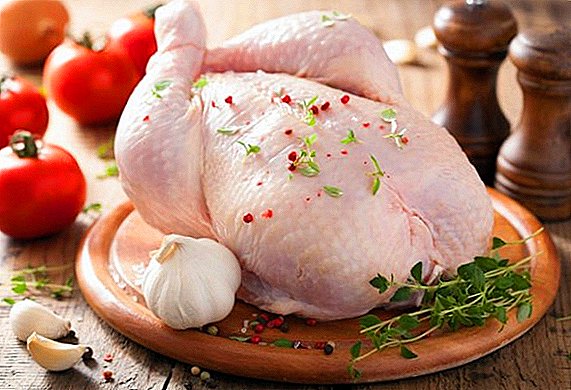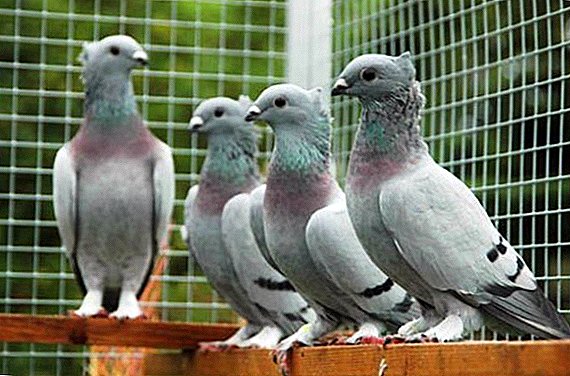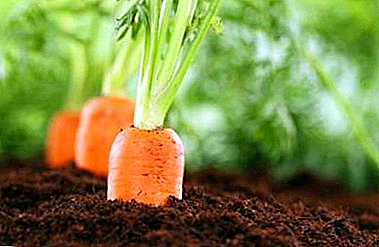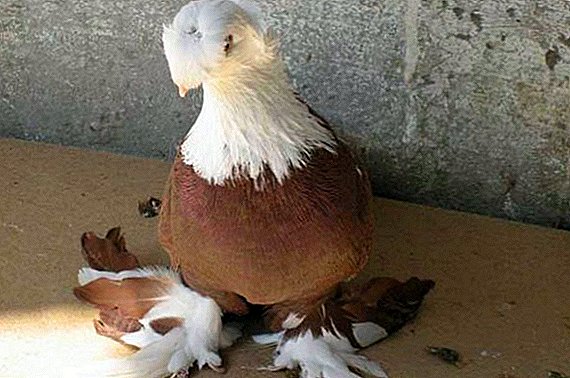 It is very difficult to confuse the Gratitude grouse pigeons bred in the North Caucasus with other thoroughbred birds. For more than 60 years, they have attracted the attention of poultry farmers all over the world for their unique appearance and special flight style.
It is very difficult to confuse the Gratitude grouse pigeons bred in the North Caucasus with other thoroughbred birds. For more than 60 years, they have attracted the attention of poultry farmers all over the world for their unique appearance and special flight style.
Appearance and physique
Work on the aesthetic appearance of the breed of gratitude began not immediately. Initially, the pigeon breeders emphasized the excellent flight qualities with which these birds became famous.
Did you know? Before the advent of drones, pigeons were used for aerial photography. At first the birds were trained for some time, and then the cameras were attached to them and released into the sky. Such "air reconnaissance" was used during both world wars.However, later the selection direction went deep into the decorative side, rewarding the birds with an attractive, unique appearance.
 External characteristics of "grateful":
External characteristics of "grateful":- head: graceful rounded shape, wide forehead;
- broad gulls: one or two (in birds with one forelock, the beak and stem are decorated with feathers, with two - feathers cover the nose and the back of the head);
- eyes: expressive, light gray, black pupil;
Important! External permissible defects of the breed are: pinkish color of the iris, hornless forelock, wings not protruding behind the back, mottled head and neck. Invalid features: elongated beak, narrow forehead and chest, high wings, oblique forelock, poorly pronounced plumage on the limbs.
- beak: medium length with a slight bend at the tip, white;
- podklyuvnoe and nadklyuvnoe plumage: flesh tone;
- neck: straight and short, smoothly widened in the chest area;
- body case: strong, differs in a small inclination back;
- torso: proportional, elongated, slightly oblong;
- chest: convex, narrow;
- wings: long, the edges reach the tail;
- tail: consists of 12 short feathers;
- legs: no more than 8 cm long, completely covered with feathers;
- pen: thick feather cover with an unusual tint - colors can vary from brown to cherry, less often you can find a rich black color; most common brick or dark yellow color;
- picture: The head and neck are pale white, the rest of the body is colored; white specks are rarely found on the wings.

Flight performance
Gratitude pigeons are able to hit any connoisseur or professional poultry breeder with his unusually beautiful flight technique. Quickly and rapidly flying up (to the middle distance), the bird enters the pillar, loudly snapping its wings. Then commits several fascinating flip-flops.
Check out the common species and breeds of pigeons.
The duration of the flight is small, on average it takes 4 hours. Evaluation is made on the basis of the volume of the battle of the wings at the exit to the pole, as well as the quality and beauty of the air overrun.
Conditions of detention
Even a beginner can provide proper care for the grateful pigeons - the birds are unpretentious and have a peace-loving, calm character.  However, the breed requires certain conditions of detention, the performance or failure of which may affect the health and behavior of pigeons.
However, the breed requires certain conditions of detention, the performance or failure of which may affect the health and behavior of pigeons.
Learn more about such breeds of battle pigeons as Baku, Turkmen, Uzbek, Armavir, Kasana and Takla.
The key point of the content is the competent organization of the "dwelling" for the birds:
- the dove should be spacious and be divided into 2 parts: in the first one there are nests, in the second - feeders and drinkers;
- ventilation should provide the necessary level of fresh airing in the room - with concentrated mustiness and the presence of strong odors, “thank-yous” can lose the craving for reproduction;
- perches are calculated on each individual, and a nest should be installed for each pair, and it is important to use only environmentally friendly materials for manufacturing;
- from the premises provide for free access to the street in a special walking enclosure;
- water bowls in the house are placed on pallets - this helps to avoid excess moisture;
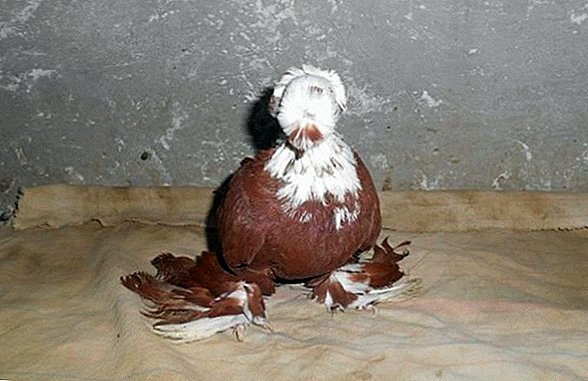
- a special bedding for the nesting place is formed by the birds themselves; therefore, the dovecap should be equipped with the necessary materials around it: branches, straw and hay;
- in the cold season, the floor of the house is covered with a warming pad, which, to avoid damp, should be periodically replaced with a new one.
Important! The number and size of feeders should correspond to the number of pigeons. The feeding front per individual must be at least 58 cm.
The optimal size of the nests for the breed of thanks:
- length - 75 cm;
- width - 40 cm;
- height - 35 cm.

Pigeon house cleaning and disinfection
Experienced pigeon breeders are aware of the importance of keeping the house clean at the right time — thorough wet cleaning is done every week, and general cleaning is done during the nesting period. The process of general cleaning and provides for disinfection. For this, all birds are temporarily carried out of the premises. It is also important to ensure that the chemical solution does not get into the pigeon food or water.
We recommend reading about what diseases you can get from pigeons, how to find out the sex of a pigeon, what life expectancy of pigeons in the wild and at home, how to properly and safely discourage pigeons from the balcony, where you can see pigeons nestlings, and how pigeon mail previously worked .
Step-by-step actions:
- The litter is removed from the room;
- Preparing a special soap solution, which washed walls, nests and perches;
- The soldering lamp has high efficiency - it is also possible to walk on it with all the listed surfaces.
Video: dovecote disinfection Recommended disinfectants for handling pigeon house:
- bleach (3%);
- chloramine (1%);
- formalin (1%);
You will probably be interested to learn how to build a dovecap with your own hands.Pigeon feeders are recommended to be washed every day. Drinkers should be filled with fresh clean water daily.
What to feed
Gratitude pigeons are absolutely picky about food. Their diet, above all, should consist of cereals: corn, oats, barley and wheat. Beans, as well as wet mashes of root crops and green grass will be useful for birds, especially during breeding periods and intensive rutting.
They feed pigeons 1-2 times a day - for example, in the morning and in the evening. It is necessary to ensure that all birds have equal access to food and fully fed.  Vitamin-mineral mixtures help to maintain the immune system thankfulness well, special preparations can be purchased at the store and added to food following the instructions given.
Vitamin-mineral mixtures help to maintain the immune system thankfulness well, special preparations can be purchased at the store and added to food following the instructions given.
It will be interesting for owners of pigeons to read about what pigeons eat at home, as well as what vitamins it is best to give to pigeons.
You can also make nutritional supplements yourself:
- In 200 grams of sunflower oil put finely chopped garlic (1 head). Infuse mixture for 2 weeks. To drop on grain on 1 drop counting on one individual within a week.
- From the spring to prepare nettles (collect before flowering). Drain in a warm room, chop and place in glass jars. Drip fish oil on food and sprinkle dried nettle on top.
Unfortunately, all pedigreed species of pigeons, due to regular selective work, formed a weak digestive system.
Therefore, they categorically should not include in their diet:
- meat,
- fish,
- bread,
- bread,
- any dairy and dairy products.
Vaccination
In addition to high-quality, balanced nutrition, compulsory vaccination for thank-you pigeons provide for a month after birth. After entering the vaccine, the procedure should be repeated annually (up to two times a year).
Necessary preparations:
- Avivak - Newcastle disease prevention vaccine (NB). The drug is made from chicken embryos, looks like a white emulsion. Avivak forms an immune response to the causative agent of NB as early as 28 days after use. It is harmless, does not cause a strong reaction.
- Salmonellosis vaccine - is a dry, finely porous white mass, sold in ampoules. The development of immunity in pigeons occurs two days after the second vaccination and is valid for three months.
- Vaccine against smallpox. The reaction to the drug begins 7 days after vaccination. Immunity lasts for a year. The kit includes a vial with a dry fraction and a container with a solvent.
 The dosage for each vaccine is calculated according to the instructions, based on the breed and weight of the pigeons.
The dosage for each vaccine is calculated according to the instructions, based on the breed and weight of the pigeons.Did you know? Pigeons are able to cover a distance of 900 km daily, reaching a speed of up to 70 km / h. A sporting pigeon flying at a speed of 1.58 km / min is capable of overtaking even the swift swift.
In conclusion, it should be noted that representatives of the Bestiana breed by nature do not possess special flight qualities, although they receive them as an inheritance. For the formation of these features inherent in their birds, breeders must conduct numerous trainings, as well as fulfill all the necessary requirements for their maintenance and nutrition.



